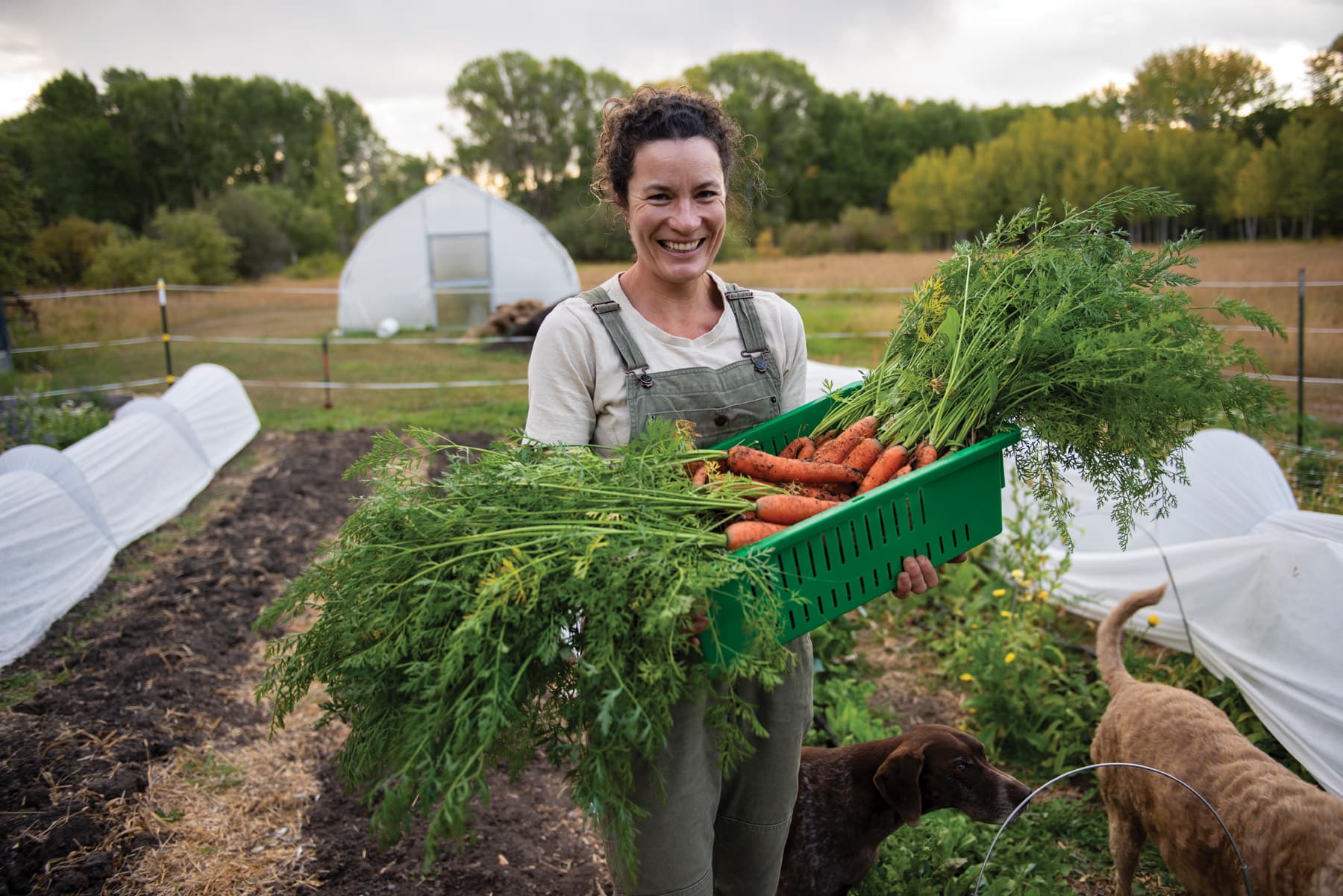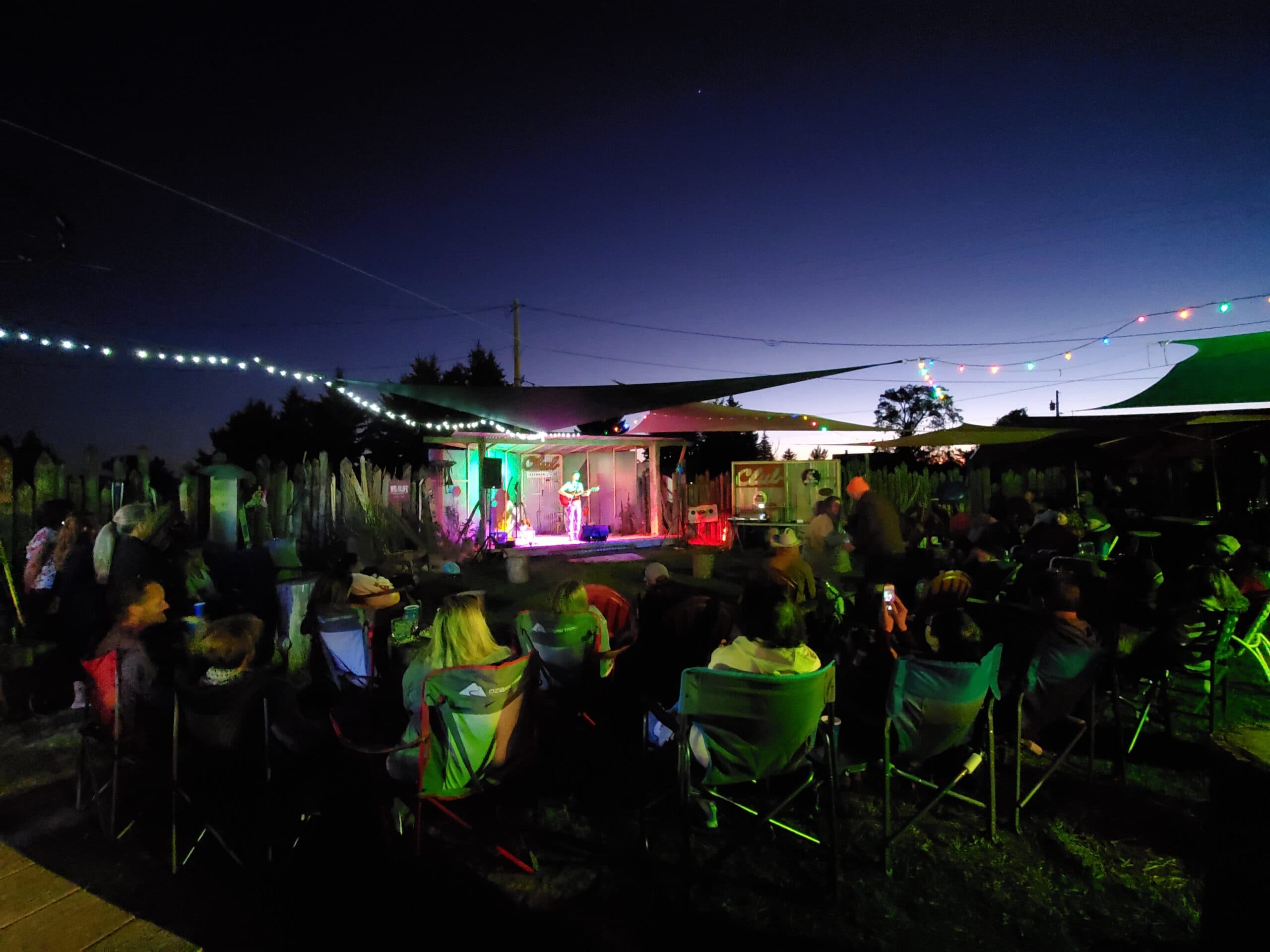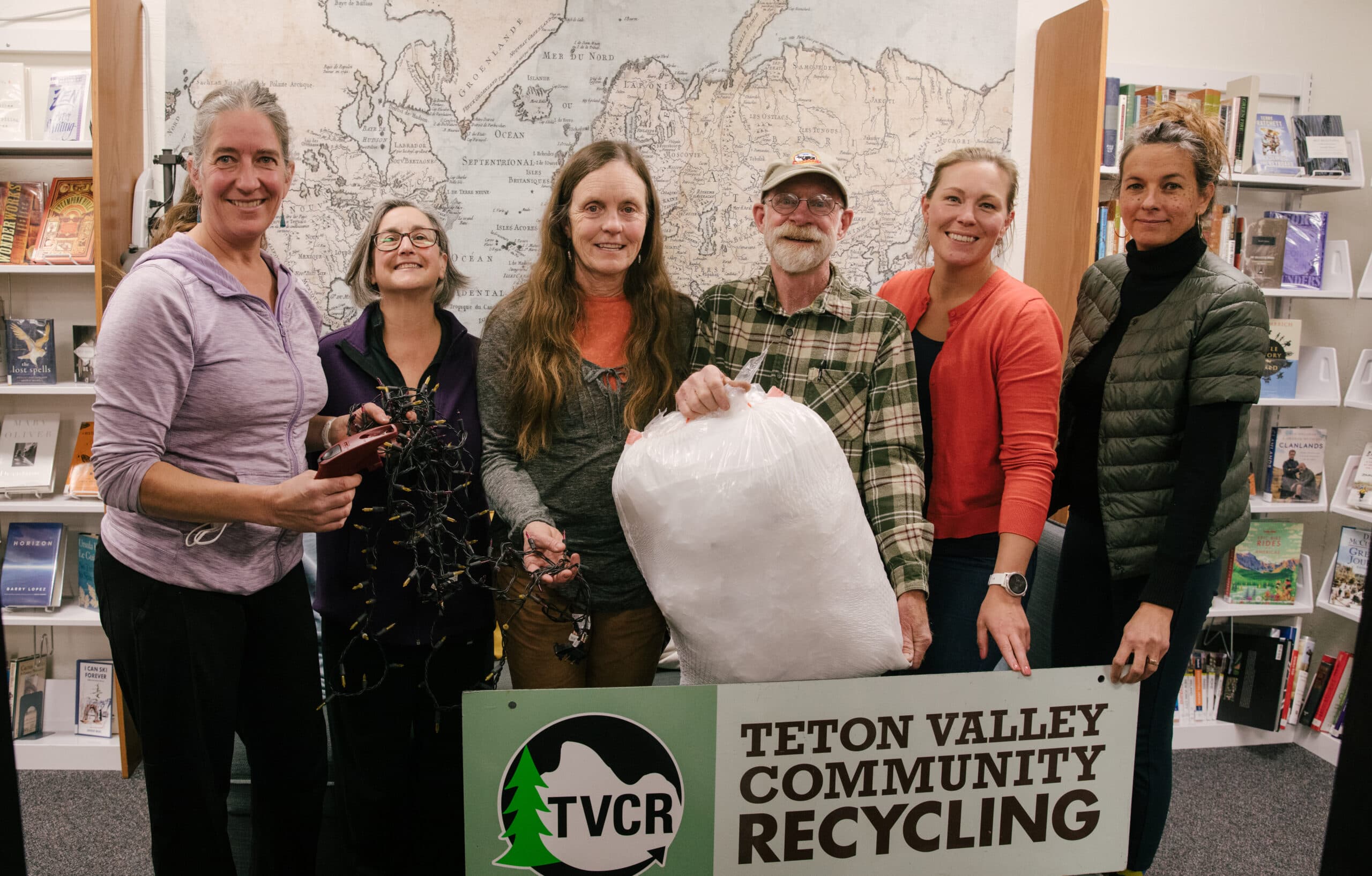Mountain Roots Education
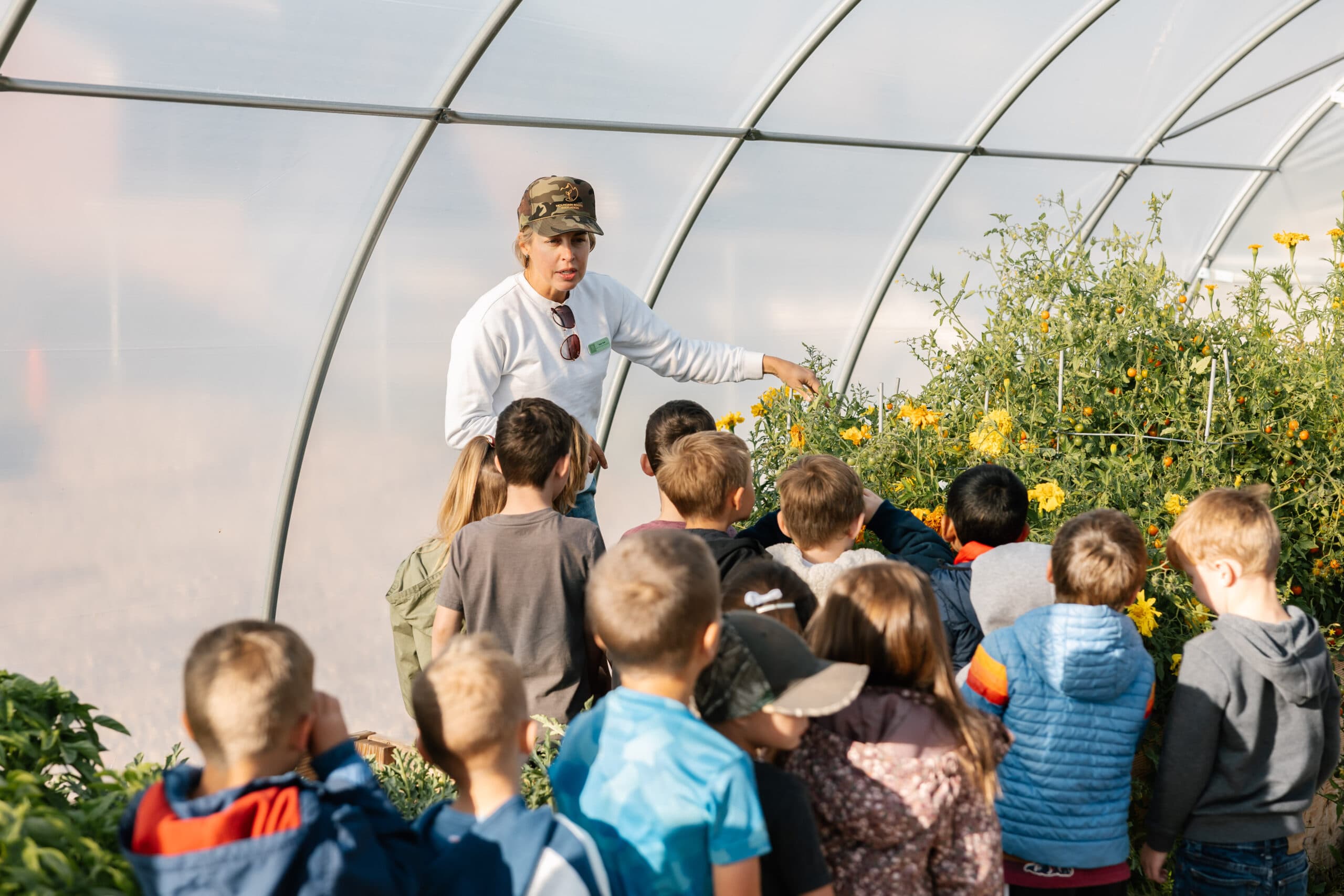
How does your (school) garden grow?
“I loved the program! It let us get dirty while we were learning,” recalls Teton High School
senior Luke Brinker, about his third-grade garden program at Tetonia Elementary.
“Now, as I’m becoming an adult, knowing where my food comes from is something I’m concerned about. I can definitely taste the difference between produce bought from the store and produce that’s grown in a garden.”
As the former Tetonia Elementary garden manager, I remember those days, too. Back then, my daughter, Olivia, who graduated from high school this spring, participated in garden programming at Tetonia Elementary provided by Emily Sustick and the nonprofit then known as Full Circle Education. Emily was the farm and garden educator and went on to become executive director. Together, with the kids and teachers, we resurrected the large greenhouse already on site, built four outdoor garden beds, and organized weekly spring and fall garden lessons that culminated with a wood-fired pizza party each October.
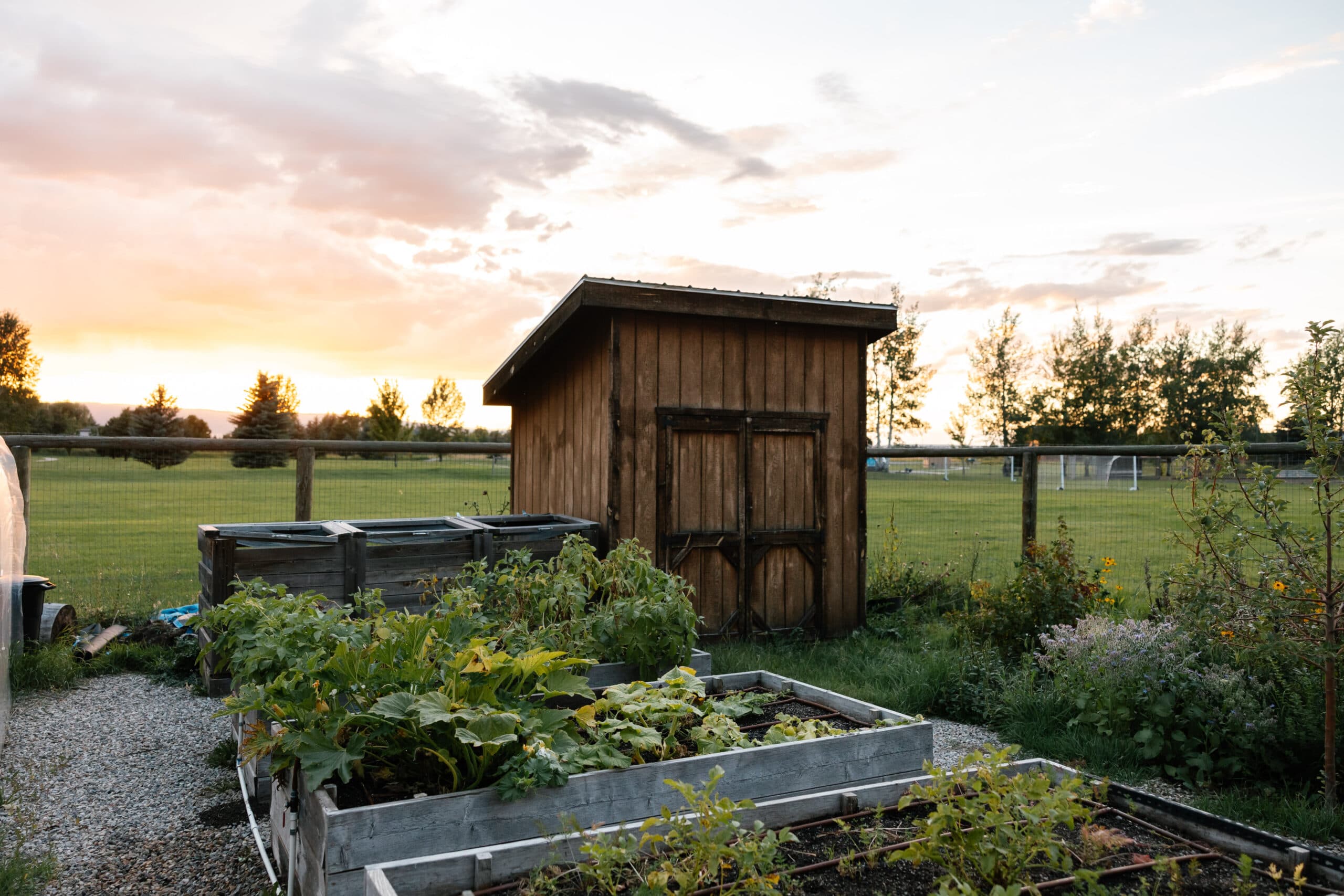
Students, like Luke and Olivia, helped plant and care for the veggies, engaged in lessons that fulfilled the requirements of their district’s science curriculum, and harvested, prepped, cooked, and ate the items they grew. The garden and its programming allowed students, grades kindergarten through third, to get outside and explore the natural world during a typical school day.
Today, led by Mountain Roots Education, Teton Valley’s school gardens have blossomed, and the programming surrounding them enhances the educational experience of students at Teton School District 401’s Tetonia, Victor, and Driggs elementary schools, and Alta and Wilson elementary schools, part of the Teton County, Wyoming, district.
Mountain Roots’ mission to “enrich lives and build sustainable communities by offering hands-on experiences in gardens, farms, and wild places” has transformed the typical classroom experience in Teton Valley. The organization now manages four school greenhouses in Tetonia, Driggs, and Victor, Idaho, and Alta, Wyoming; maintains thirty outdoor beds (six in Tetonia, four in Alta, seven in Victor, and thirteen in Wilson); and has secured $15,000 in grant funding for a garden and outdoor beds to service both Driggs Elementary and Teton Middle School.
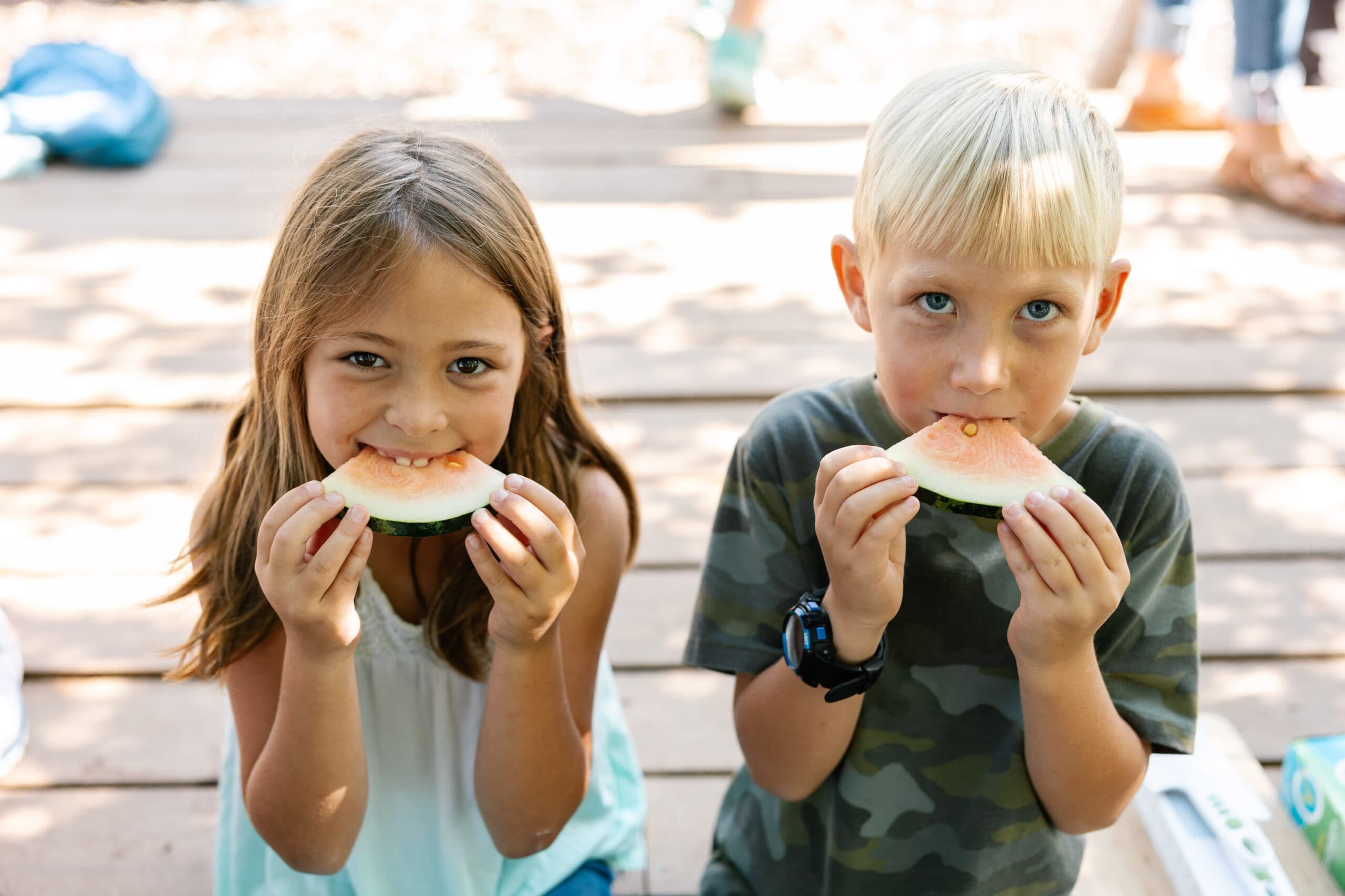
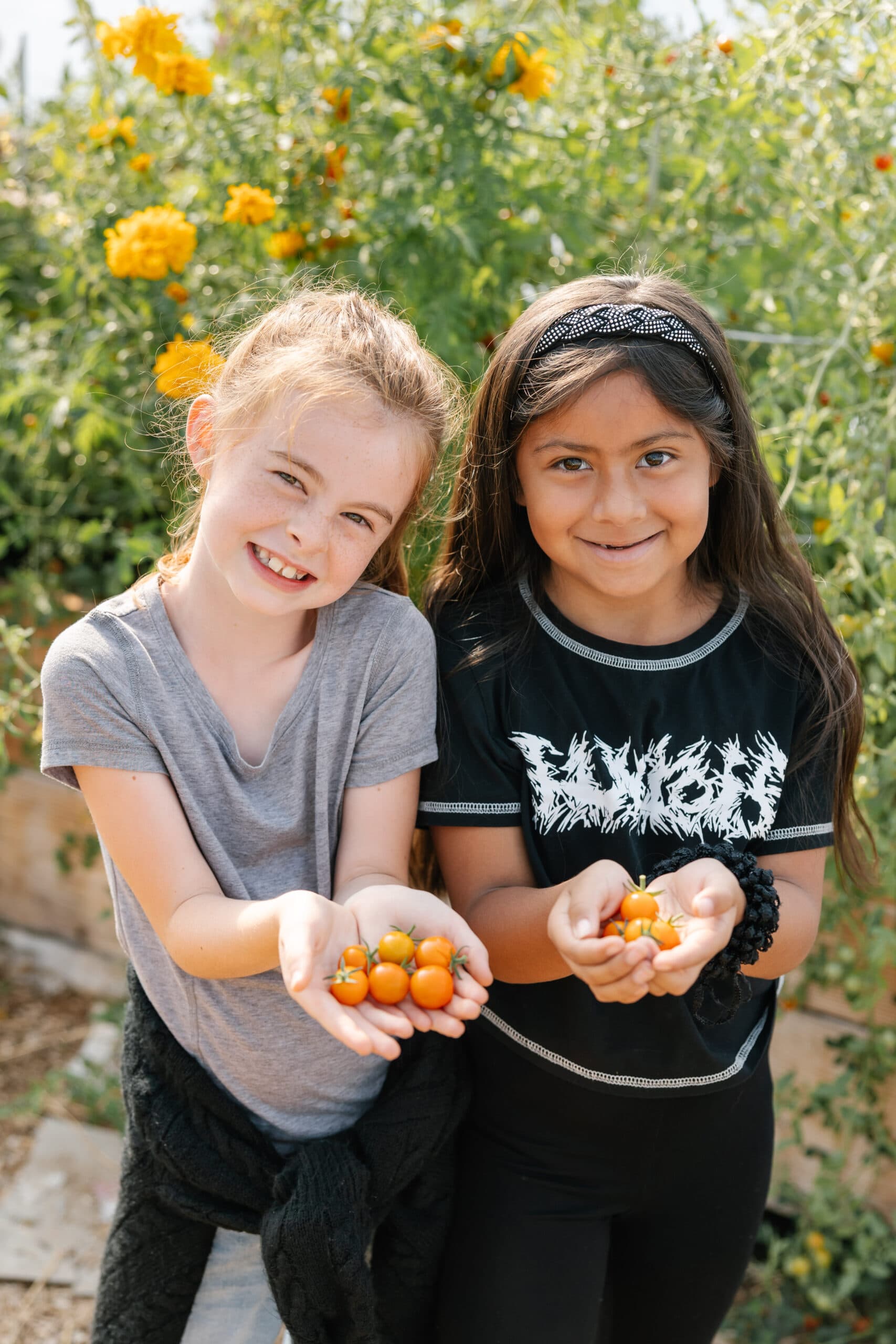


“The growth of the program and the momentum we’ve had over the last several years is so spectacular,” says Hayes Swinney, executive director of Mountain Roots Education. “We’re currently serving nearly eight hundred kids, and when we presented for the high school’s Youth Philanthropy Grant through the Community Foundation of Teton Valley, the students there asked when we were going to start a program at their school, too.”
Mountain Roots has taken the garden programming that was started eighteen years ago, and then expanded on by Emily Sustick and former executive director Travis Gay, and transformed it into a learning experience that incorporates ten weeks of activities for each school. Kids work in the garden, create garden art and signage, prep food, learn how to read and prepare kid-friendly recipes, and visit local farms like Arnold Farms in Felt and Cosmic Apple Gardens in Victor.
Jenna Beck, principal at Alta Elementary, explains that each fifty-minute garden class is oriented around a specific topic, like soil prep, photosynthesis, and the water cycle, and always includes the concept of mindfulness, as well as a work component. She says that lessons incorporate hands-on activities for the kinders, complete with a story or a song component. Then, the bigger kids tend to the “heavy lifting” in the garden and engage in more in-depth science lessons.
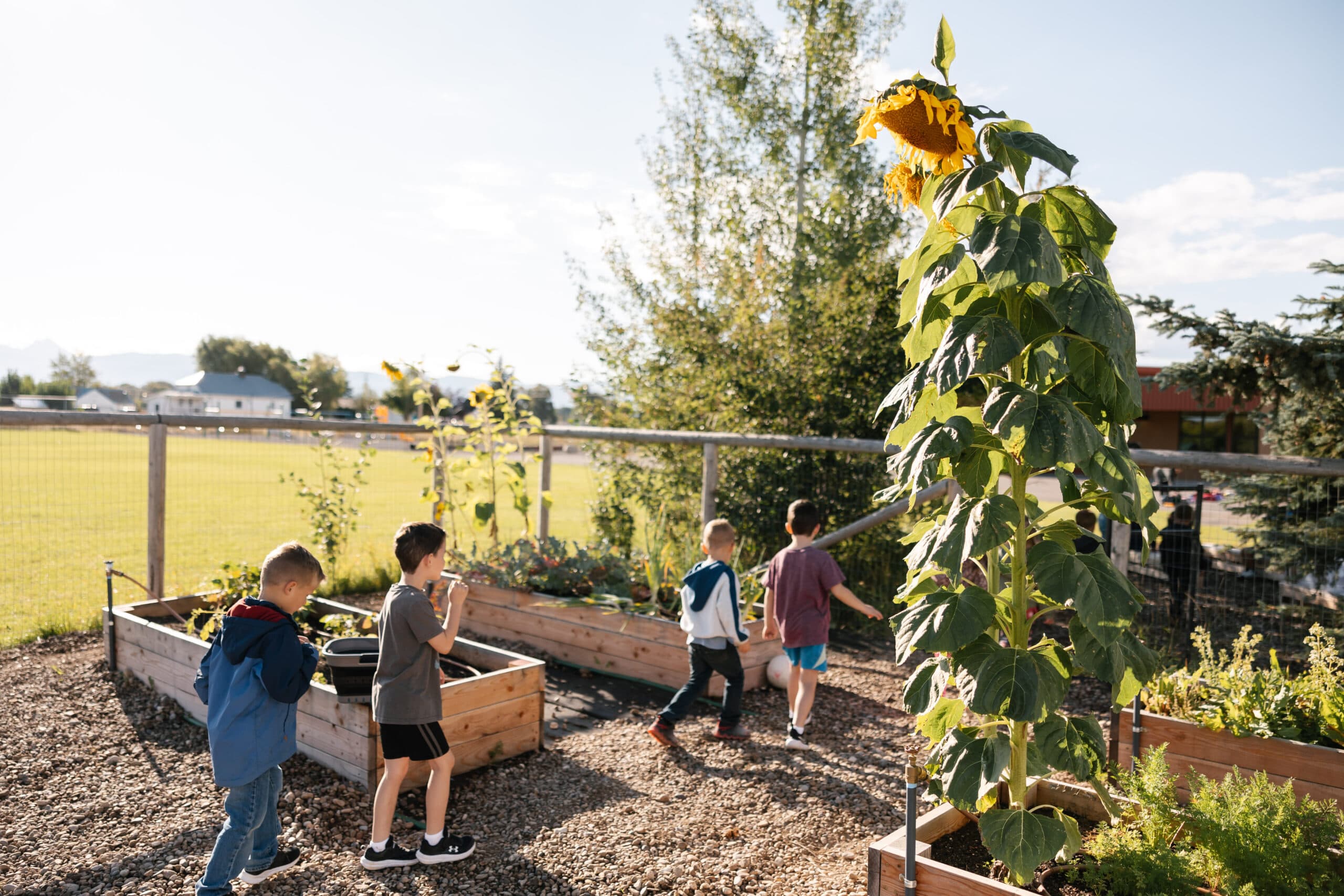


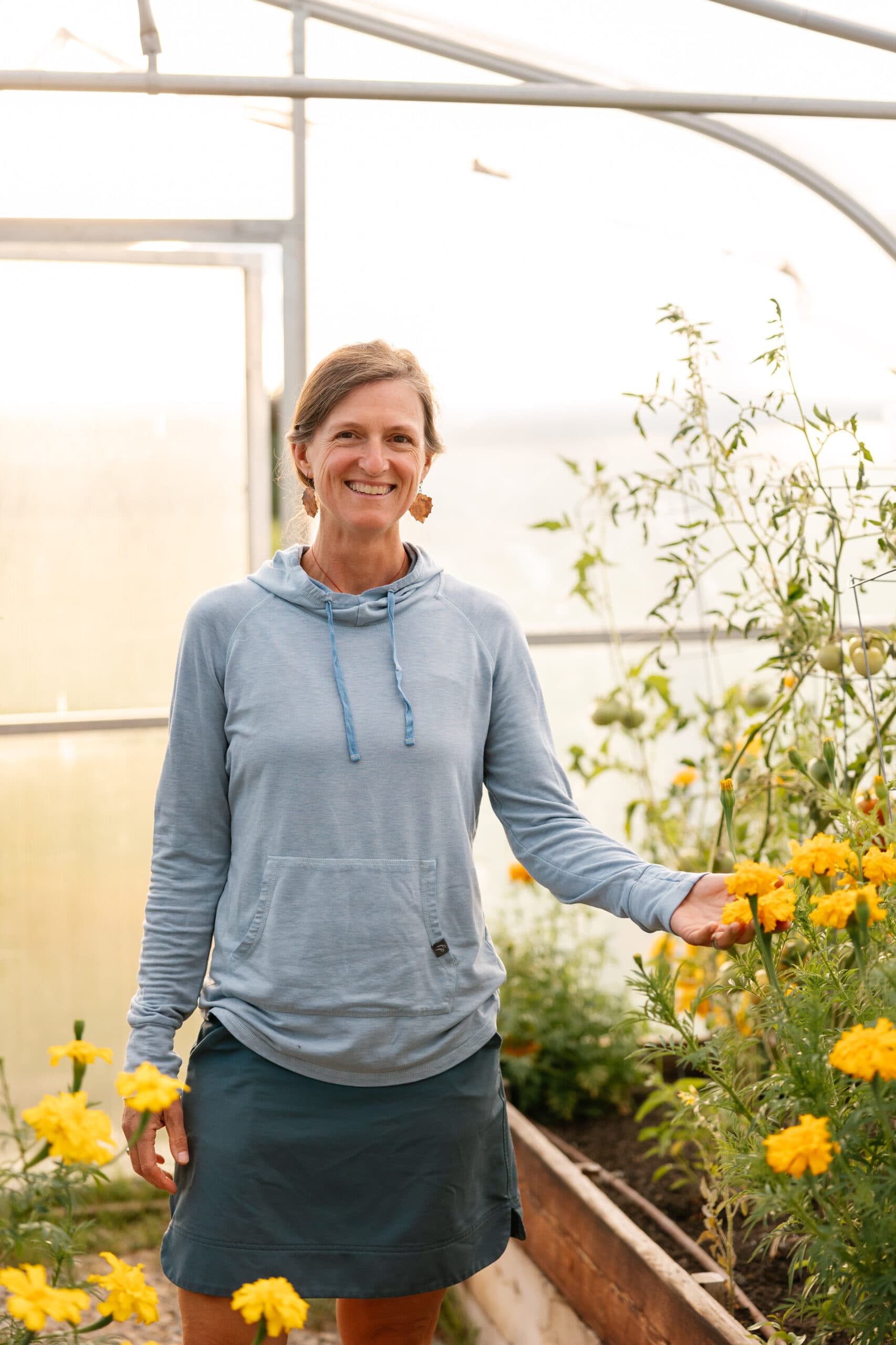
Next, comes the harvesting and the cooking.
“In the spring we plant lettuce, radishes, and pea shoots,” Hayes says. “In the fall, we harvest beets and make beet hummus and chocolate beet cupcakes. We also harvest pizza toppings for our annual pizza party.”
Last year the Youth Philanthropy
Grant funded a kitchen box for each school with basic kid-friendly kitchen utensils, as well as two food processors, hot plates, and pots. Mountain Roots also has a chef on their board, Erik Lyngso of Café Genevieve in Jackson, who is dreaming up recipes that are easy for kids to make.
“We will be creating a cookbook of the various recipes that the kids loved, which will also contain ingredients that can be grown in Teton Valley,” says Hayes.
Currently, some of the gardens’ produce—like potatoes, squash, and
onions—goes into the schools’ kitchen and is served at lunch in both Tetonia and Alta Elementary Schools. Last year, Alta kids prepared scalloped potatoes that were served at their annual Thanksgiving Feast. Hayes says the school also donated a huge amount of greens, squash, and sugar snap peas (more than 30 pounds!) to the Teton Valley Food Pantry.
Jenna explains the building progression of their garden, and how the experience connects students and families: “It started with just a greenhouse,” she says. “From there we added outdoor beds, and then compost bins and a storage shed. Next, came a fence to keep the deer out, apple trees, and a bench and sitting area dedicated to Travis Gay.” (Travis, garden and sustainability educator, mother of three, and cherished community member, passed away in 2022 of cancer.)
Jenna says the school once offered summer gardening programs with varying levels of success. And now, they rely on volunteers to tend the garden each week in the summer in exchange for produce. The surplus produce is then sold at the Alta Branch Library, and the money is used to buy seeds for planting in the spring.
“I feel like [the garden] enhances our sense of community,” says Jenna, “Some years we’re able to give to the food bank, and one year we gave to a family in need as part of our May Day celebration.”
Garden educators, school administrators, and past students all agree that their favorite part of the school garden is the harvest pizza party each fall, which, nostalgically, hasn’t changed much since I was involved.
“In the fall, as soon as the kids are back in the gardens, they harvest everything that is ready,” Hayes says. “The tomatoes, basil, onions, and carrots are prepped for the sauce. And then [the students] start the simmering process that is finished at home. The kids harvest the basil, and we make basil pesto in the food processor in the garden classroom. Then, in early October, we bring out the mobile pizza oven and parent volunteers join us for the feast.”
Luke Brinker thinks school gardens are important in Teton Valley because, unlike his birthplace of California, kids here aren’t as accustomed to eating from a home garden unless they come from a farming family.
“[Gardening in elementary school] has helped me realize the huge difference between the food at the farmers market and any other food,” he says. “And of course, I loved the pizza parties because that was the reward. I still talk to my friends about how we use to make pizza at school.”
Conclusion
In addition to school gardens, Mountain Roots hosts a variety of sustainable living workshops throughout the year, like an edible plant walk, geared for adult learners. Learn more: mountainrootseducation.org.

